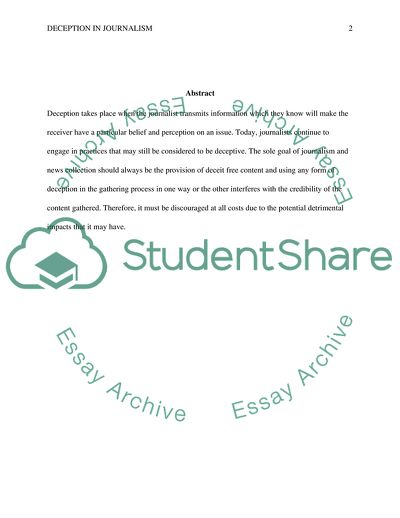Cite this document
(Deception in Journalism Report Example | Topics and Well Written Essays - 1750 words, n.d.)
Deception in Journalism Report Example | Topics and Well Written Essays - 1750 words. https://studentshare.org/journalism-communication/1876908-deception-in-journalism
Deception in Journalism Report Example | Topics and Well Written Essays - 1750 words. https://studentshare.org/journalism-communication/1876908-deception-in-journalism
(Deception in Journalism Report Example | Topics and Well Written Essays - 1750 Words)
Deception in Journalism Report Example | Topics and Well Written Essays - 1750 Words. https://studentshare.org/journalism-communication/1876908-deception-in-journalism.
Deception in Journalism Report Example | Topics and Well Written Essays - 1750 Words. https://studentshare.org/journalism-communication/1876908-deception-in-journalism.
“Deception in Journalism Report Example | Topics and Well Written Essays - 1750 Words”. https://studentshare.org/journalism-communication/1876908-deception-in-journalism.


